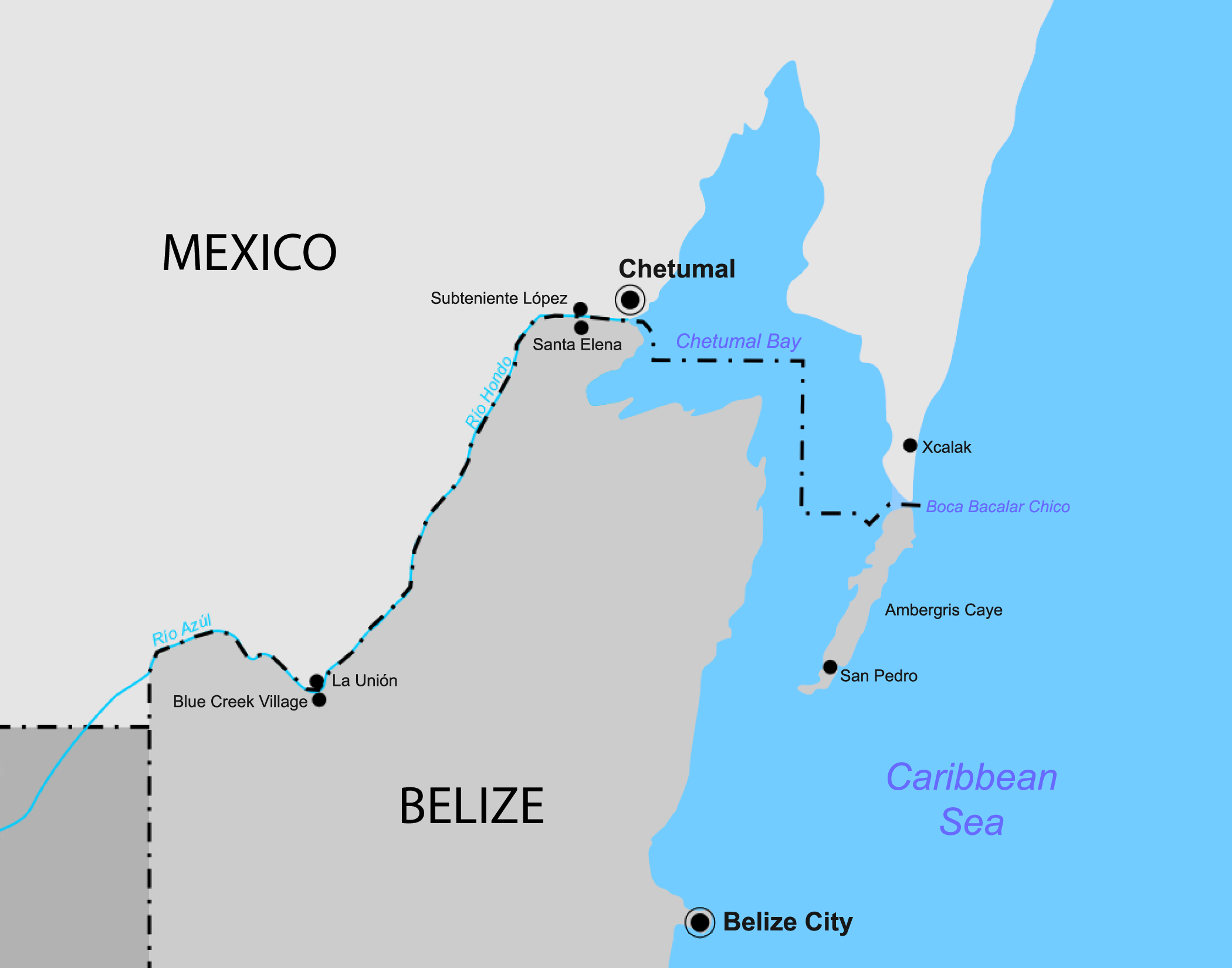
The Mariscal-Spencer Treaty between England and Mexico was an important turning point in the history of Latin America, with its effects felt to this very day. It was entered into as a way to deescalate tensions between the Mexican Republic, local indigenous populations, and England by establishing a territorial boundary between the two nation’s holdings.
What Did The Mariscal-Spencer Treaty Establish?
The Mariscal-Spencer Treaty established the border between the modern nations of Mexico and Belize. Mexico nominally claimed the territory that is Belize but because of its remote location, England effectively had control over the area as part of British Honduras. Due to a number of practical factors, the government of Mexico eventually opted to cede the area to the British at the end of the 19th century, resulting in this treaty to formalize the new border.
What Were The Specifications Of The Treaty?
The Mariscal-Spencer Treaty established the border between the Mexican Republic and British Honduras, in the south of Mexico, with the division line running from the Boca Bacalar Chico straight through Chetumal Bay and along the Hondo River until it intersects with the Mexican border just north of Mexico’s border with Guatemala. The border is approximately 155 miles, or 250 kilometers, long. The treaty was officially signed on July 8, 1893, in Mexico City.
Why Was The Treaty Sought?
Mexico had lost Texas to the United States and had been dealing with the Caste War in Yucatán since 1847. The Caste War was an indigenous uprising in Yucatán as a response to increasing numbers of Spanish-speaking settlers coming into rural Yucatán seeking economic opportunity. The increased agricultural economic development in the region forced the original inhabitants to increasingly abandon their own lands and work as indentured laborers on large estates, which sparked the uprising. Mexico wanted to stop the British sale of weapons to the Santa Cruz Maya during this war, so the government of Porfirio Díaz decided it was in their best interest to surrender Belize to the British in order to put a stop to the hostilities.
What Were The Difficulties In Negotiating This Treaty?
Geography was a significant barrier to defining this area because it was remote with difficult terrain. The area that is now Belize was generally neglected by the Spanish because it was deemed as having little in the way of desired natural resources, namely gold and silver. The natives that inhabited the area were considered very fierce and the thick rainforest was difficult to traverse. This is a major part of the reason Mexico decided that trying to hold onto Belize wasn’t worth it. Britain, however, viewed the area as valuable because of Logwood trees, known as palo de tinte or palo de Campeche. They produced a unique dye that was highly valuable in both Europe and Asia. Sugarcane was also a valuable crop they wanted to grow here.
How Was The Treaty Received?
Many local inhabitants of Yucatán were not pleased with the treaty as it broke apart their lands and gave parts of their territory away to the British. There was even sentiment that instead of ceding territory to the British, England actually owed Yucatán damages for the Caste War. Many Mexicans were also unhappy with the treaty because they saw it as surrendering land that should be part of their territory to Europeans. Regardless of these objections, the treaty went through. The treaty did not receive the same level of attention in England.
How Is The Treaty Viewed Today?
Today, the modern nations of Mexico and Belize commemorate the creation of this treaty. It in effect established their modern territory as nations and the two countries continue to affirm their goodwill towards one another to this day, especially on the anniversary of the treaty. In 2007, Mexico and Belize agreed to adjust the maritime boundary between the two countries in the Bay of Chetumal, but it did not change the border agreed upon in the Mariscal-Spencer Treaty.















